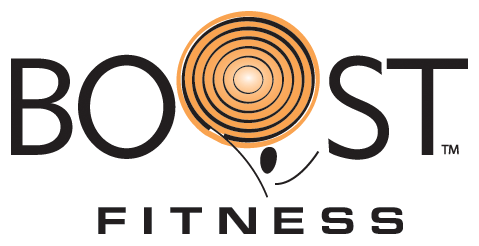Many people use back pain as an excuse for not exercising. Yet exercise is the best way to reduce or even eliminate back pain.
Exercise can also help you recover faster, prevent re-injury and reduce the risk of being disabled by back pain. As your muscles become stronger and more flexible, your posture should also improve.
Back pain is among the most common ailments, affecting 70 to 85 percent of all Americans at some point in their lives, according to the American Chiropractic Association, which adds that it is the leading cause of inactivity for people under age 45.
Ideally, everyone should take steps to avoid back pain in the first place. Whether or not you are already experiencing back pain, it is important to lift objects by squatting and using your legs, rather than bending over and using your back to lift. Pushing, rather than pulling, heavy objects is also recommended.
People who spend long hours sitting or driving also frequently suffer from back pain. Those who sit for long periods should take breaks to stretch their back regularly. Working flat shoes instead of heels can also help women avoid back problems.
The best defense against back pain, though, is regular exercise to strengthen “core” muscles, which include muscles of the back, abdomen and buttocks. These muscles work together to support the spine.
A Workout For Back Pain
What exercises should your workout include?
Start with a warm-up, taking at least five minutes on a treadmill or elliptical machine, or try walking or running in place if you don’t have access to the proper equipment. Follow your warm-up with stretching, then strengthening exercises.
Stretching. Stretching tight back and hamstring muscles can lengthen and loosen them, which will help relieve back pain. Stretching can also increase your mobility, helping to prevent further back injury.
One simple stretching exercise is the pelvic tilt, which stretches the lower back. Lie on your back with your knees bent and feet flat. Tighten your buttocks and abdomen, flattening the small of your back against the floor, then hold it there for a count of five. As a second exercise, while in the same position, stretch your stomach muscles by grasping your left leg behind the knee or back of your thigh, then pull your knee toward your left shoulder.
To stretch your quadriceps, stand up with your back against the wall. Press the small of your back and the back of your neck toward the wall, then hold that position for 10 to 30 seconds.
It is especially important to stretch hamstring muscles. Here are two exercises that can help. First, while sitting on the floor, extend your right leg, and place your left foot against your right knee. Lean forward, keeping your back straight. Reach for your foot until you feel your hamstrings stretching. Hold the position for 10 to 20 seconds. Next, lying flat on your back, raise a leg up, grab it and pull it until you feel your hamstring stretching. Repeat each exercise at least five times, then switch sides.
Strengthening. Best results for strengthening your back can be achieved using weights or exercise machines. However, there are plenty of exercises that can help even if you don’t have access to equipment.
One common exercise for strengthening core muscles is “the bridge.” Lie flat on your back with knees bent and feet flat. Raise your buttocks off the floor, keeping your abs tight. Your shoulders and knees should be in straight line. Hold for a count of five, then slowly lower your buttocks.
“The plank,” a strengthening exercise for the back, abs and neck, is also useful. Lie on your stomach with your elbows and forearms on the floor. Balance on your toes and elbows, keeping your back and legs straight as a plank, and tighten your abs. Hold the position for 10 seconds, relax, then repeat.
A good exercise to strengthen your back, hips and quads is to stand with your back against a wall and to slide your back down until you are in a sitting position. Your back should be straight and your feet should be shoulder-width apart. Tighten your abs, count to five and slide back up the wall. As you build strength, add to the amount of time you remain in a sitting position.
All exercises should be done slowly, with attention paid to form and breathing. Hold your position for at least a count of five and repeat at least five times, but up to 15 times.
While a full body workout is recommended, some exercises should be avoided by those with back pain. Many exercises using weights, such as the military press or curls, put pressure on your back muscles. Leg lifts and some exercise machines should also be avoided; straight leg sit-ups can aggravate your back, but partial sit-ups can help it.
As with any exercise program, consult with your doctor before beginning your program. Consider stretching daily and doing strengthening exercises every other day. Most importantly, develop a routine and stick with it.
Mark Federico is the owner of Boost Fitness, which is located in Northboro, Hudson and Westford. He can be reached at mfederico@myboostfitness.com.
Sunday, October 11, 2009
Exercise Is Best Medicine For Back Pain
Labels:
back pain,
Boost Fitness,
Classes,
Club,
exercise,
fitness center,
Group Ex,
gym,
Hudson,
Northborough,
strength,
stretching,
training,
Westford
Subscribe to:
Post Comments (Atom)


No comments:
Post a Comment